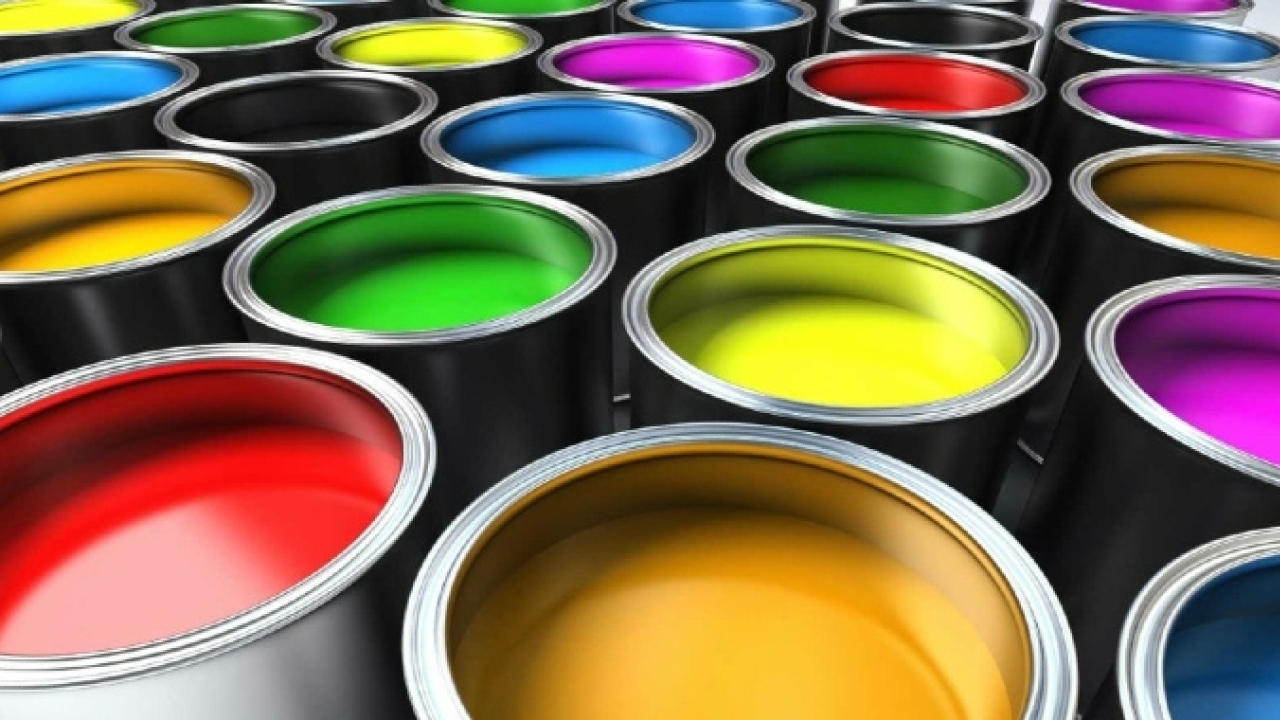UV ink series from hubergroup can increase recyclability
Hubergroup’s UV ink series for sheetfed, web offset, and continuous printing has received de-inking certificates after achieving satisfactory results in de-inking tests; a large part of the raw materials for these ink series are produced by hubergroup in the company's chemicals division.

UV inks offer advantages in the printing process due to their fast drying. However, they are often difficult to recycle because they leave visible traces in the recycled paper. To ensure that the corresponding printed products can be safely fed into the recycling process, hubergroup has revised the UV ink series NewV set UEL4000, NewV pack UG5000 and NewV poly UP5000.
In addition, the newly developed NewV news UNL4000, an LED UV ink series for web offset printing, is also de-inkable. The PMV department of the Technical University of Darmstadt (Germany) evaluated these ink series using INGEDE method 11 and certified very good deinkability on coated papers. The NewV set and NewV poly series also show good de-inkability on uncoated papers.
The deinkable UV ink series from hubergroup are applicable to commercial, packaging and newspaper printing. Commercial printers can cover the UV commercial range with the de-inkable inks, as the NewV set series can be used for iron-doped and LED curing systems, while the NewV pack and NewV poly series are suitable for mercury curing systems.
Roland Schröder, product manager UV Europe at hubergroup, explained: ‘We are continuously working to improve the environmental performance of our products. This enables us to offer our customers an even more sustainable production. It was therefore important to us to ensure good deinkability of our UV inks – while maintaining the same, good print quality.’
As a large proportion of the raw materials come from the company's own chemicals division, hubergroup can define its own environmental standards. Roland Schröder said: ‘We take a holistic view of sustainability, which is why we already set high standards in raw material production.’
Stay up to date
Subscribe to the free Label News newsletter and receive the latest content every week. We'll never share your email address.

